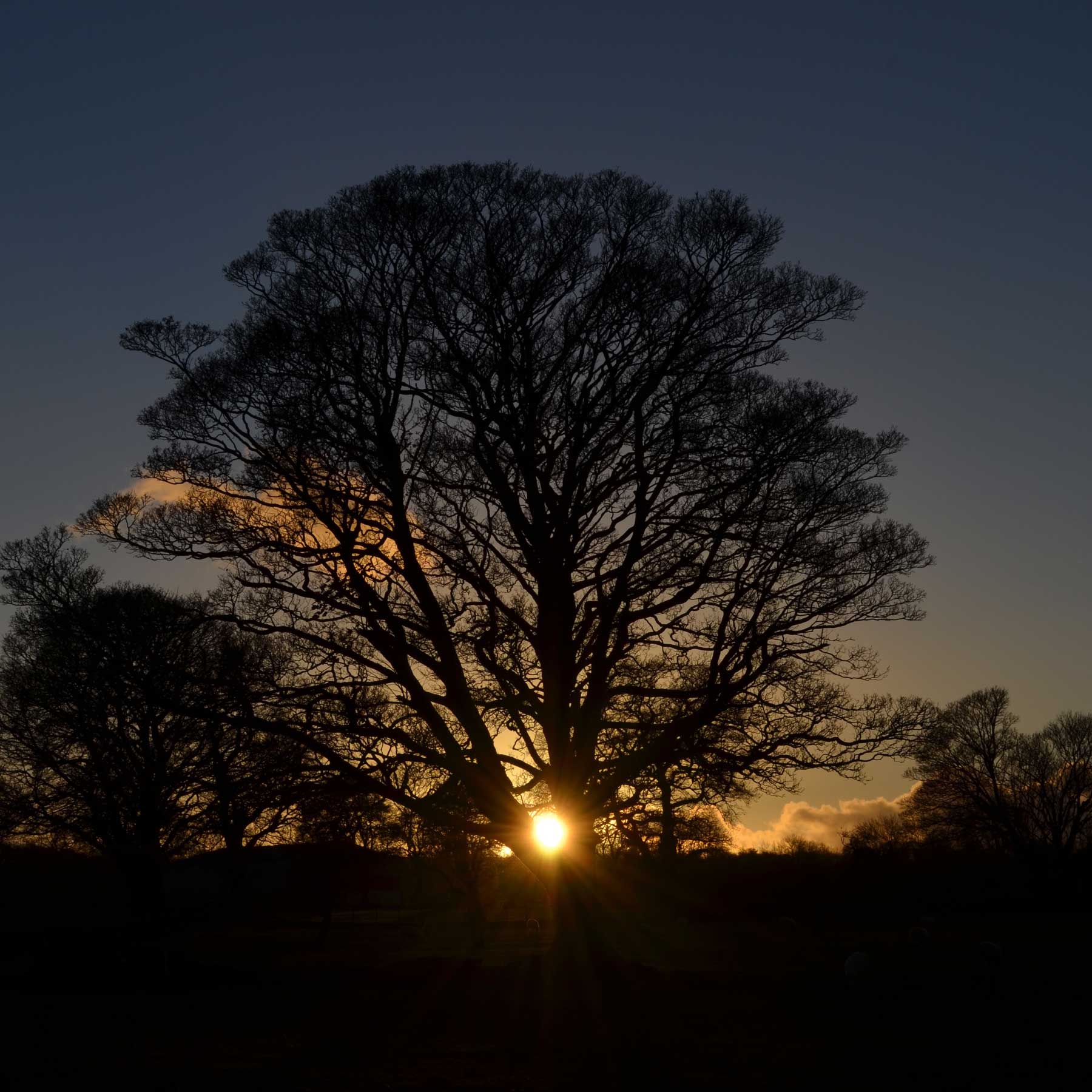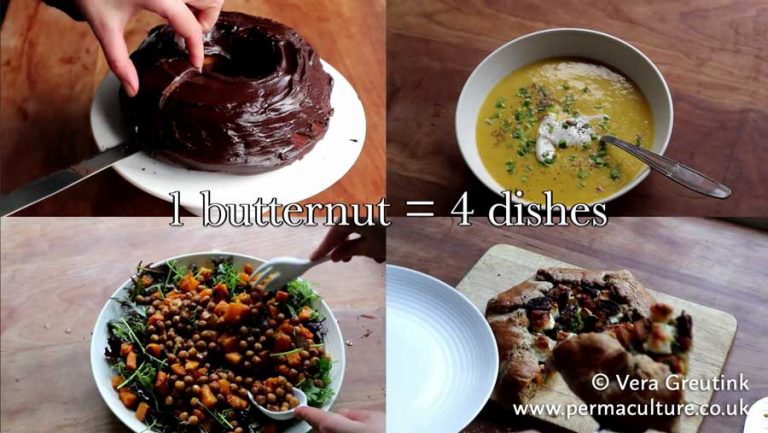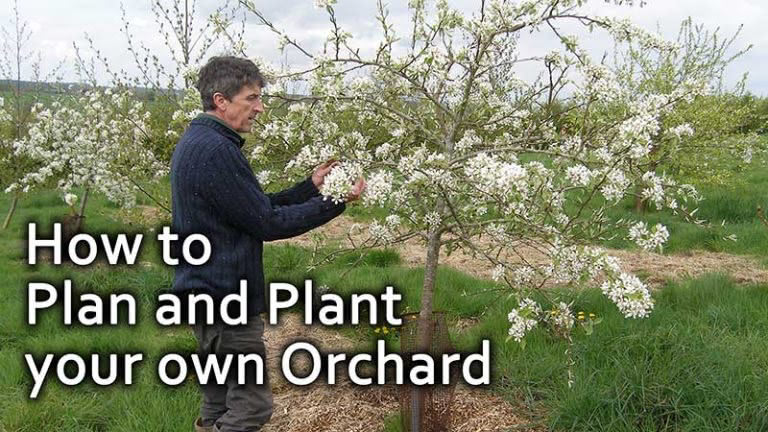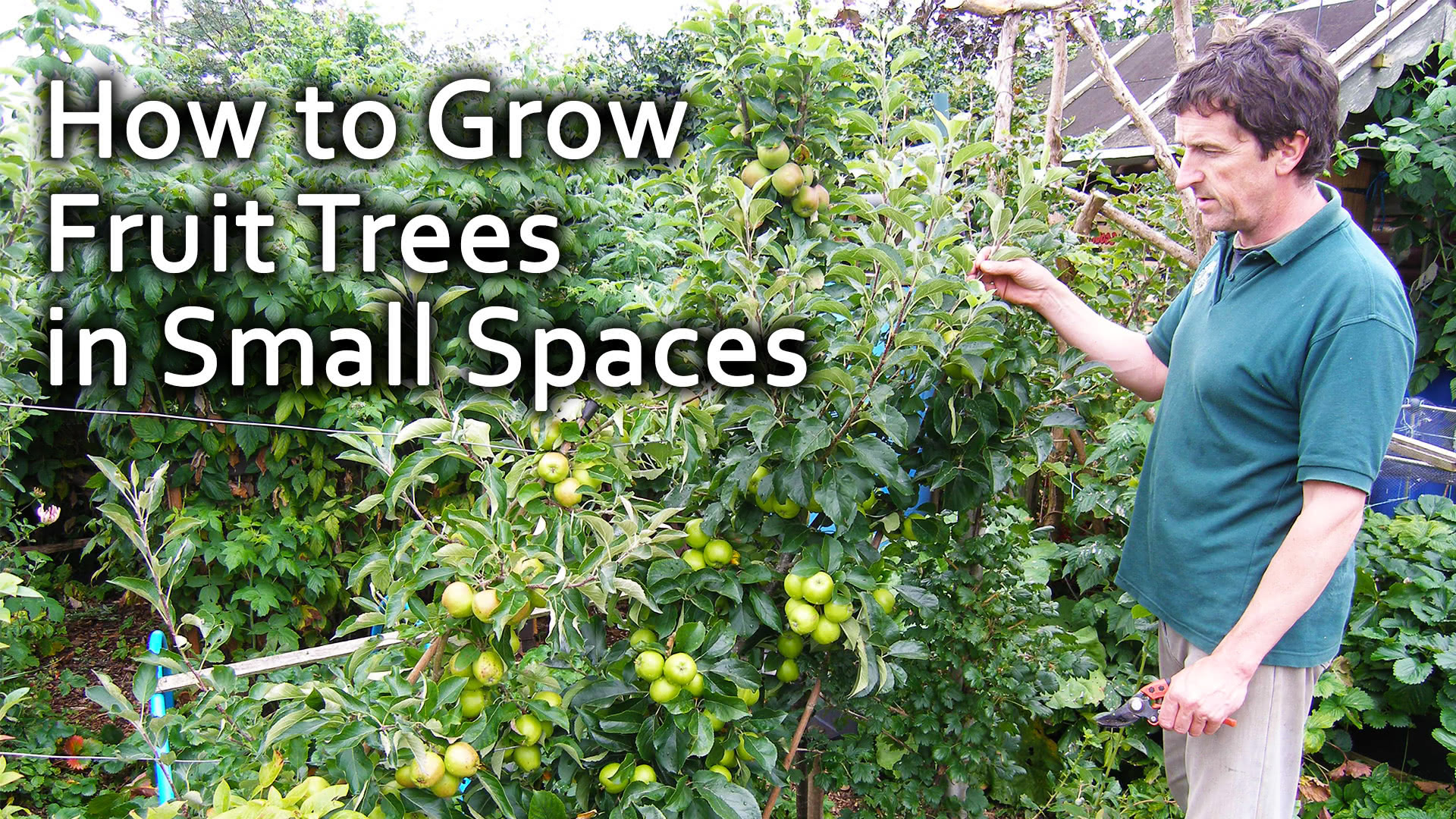‘Relative location’ is an early permaculture design principle. The concept of permaculture design principles first emerged in Permaculture: A Designer’s Manual (1988) by Bill Mollison and Introduction to Permaculture (1991) by Bill Mollison and Reny Mia Slay. These principles were reviewed by David Holmgren (one of the co-originators of permaculture) in his book Permaculture: Principles and Pathways Beyond Sustainability (2002). I have written about David’s principles in both a land-based context but also within society here.
Whilst I find David’s revision very comprehensive and clear, I like the accessibility of the original Mollison principles and so am adapting a series of articles I wrote for Permaculture magazine back in 1995-6. These principles all show how permaculture makes links and connection between elements, demonstrates the commonsense of putting things in the right place to save time, energy and to reduce waste. They are a mental pathway to understanding interconnection and the beneficial web of relationships that we see in nature. They show how permaculture design seeks to mimic nature and thereby express the idea of applied ecology.
When we are designing a garden, smallholding, farm or village, there can be many elements which make up the design: intensively gardened vegetable beds, chicken runs and houses, ponds, water butts, greenhouses, an orchard, coppice area, outhouses, conservation area, windbreaks, farm buildings and so on…
Design is not purely about what to include on a site, but about how the different elements are connected. Interconnection is the key. It is important that elements interact positively and efficiently with each other and that they are not just randomly located. By making connections, we can save energy, create many functions for each element and recycle waste products.
In a conventional garden it is common to hide a kitchen garden away from the house, behind a hedge. Composting systems are also regularly ‘ghetto-ized’ as far from human eyes as possible. Yet kitchen gardens do not have to be ugly, as Joy Larkcom and the late Geoff Hamilton have demonstrated. The result is often a neglected veggie patch where the gardener’s shadow is rarely seen.
On the other hand, siting a vegetable garden with composting systems between a chicken run and house fulfils many needs. Kitchen scraps are fed to the chickens, the chickens eat the perennial weeds and unwanted vegetation from the garden that you loathe to compost, produce manure and feathers for composting, which in turn is fed back to the garden, and provide eggs and meat for the kitchen. Having the chickens near to the house and garden can also save miles of walking over the years.
Water can be collected from the roof of the chicken house for the chickens. Fruit trees and edible hedging can be included in the run, providing food for the chickens from windfalls. The chickens help control pests, manure the ground and prevent too much vegetation growing to compete with the trees (but mulch those trees with heavy stones or slabs if you have a lot of chickens as they can be very destructive!).
Another example of good relative location is the greenhouse. Instead of putting it up the garden, out of sight, an ideal placing is on the south side of the house (in the northern hemisphere). The rays of the sun can heat the rest of the house, the house wall acts as a heat store and warms the greenhouse at night; and having it so close to the kitchen allows the gardener to water and tend the plants far more easily. In fact, my ‘greenhouse’ is my kitchen, allowing me to propagate plants and bring on seedlings in a place that I spend time in every evening. This is especially useful in winter when the days are short and there is little time after work for pottering in the greenhouse proper, sited by the raised vegetable beds.
Relative location not only applies to garden design but also to community structures. A local vegetable box scheme is an example of making connections in the community. Buying organic vegetables through a box scheme provides low cost, fresh vegetables, supports local organic growers, and saves resources by avoiding food miles. The scheme save its members time (shopping) and money (the box we have is much cheaper than the supermarket and the vegetables taste delicious) and encourages links between local people, the essential ingredient of community.
The organic café at The Sustainability Centre (where PM used to be based) uses organic veg ordered from a supplier and is also the delivery point for veggie boxes. Every Thursday people pick up their boxes at the café and often have a drink or a meal. This means there is only one drop-off point and collection can be any time the café is open. As we (Permaculture magazine staff) work at the centre this means we make no special journey to pick up our boxes. In addition, Thursdays is the morning the Green Beans Toddlers and Parent Group meet in the café. They too are customers of the box scheme. Green Beans also have a garden at the centre where they grow food, teaching their children about horticulture.
The Sustainability Centre volunteers sometimes help in the Green Beans garden. Another project, Fitzroy Support, is a charity that provides horticultural therapy for young adults with special needs. One of its activities is to grow vegetable seedlings on the site and these are purchased for the garden area, thereby supporting this excellent charity. The café is therefore an ideal location for all these activities, saving time, resources, supporting a local organic grower, an organic business and building community by offering a venue for a weekly group.
As the web of activities and services at the Sustainability Centre grows, each of these services support each other. What really makes the community glue though is the Sustainability Centre itself which hosts all the different activities and services, perfectly demonstrating the principle of relative location.
So to summarise the principle, relative location is about seeing an element as a part of a functioning whole rather than in isolation. By putting each element in the right place in a design, the yields and wastes of each element can be made to fulfil the needs of other elements, creating a healthy, energy-efficient system.
For the full series, go to: What is Permaculture?
Maddy Harland is the co-founder and editor of Permaculture magazine and author of Fertile Edges – Regenerating the land, culture and hope.











